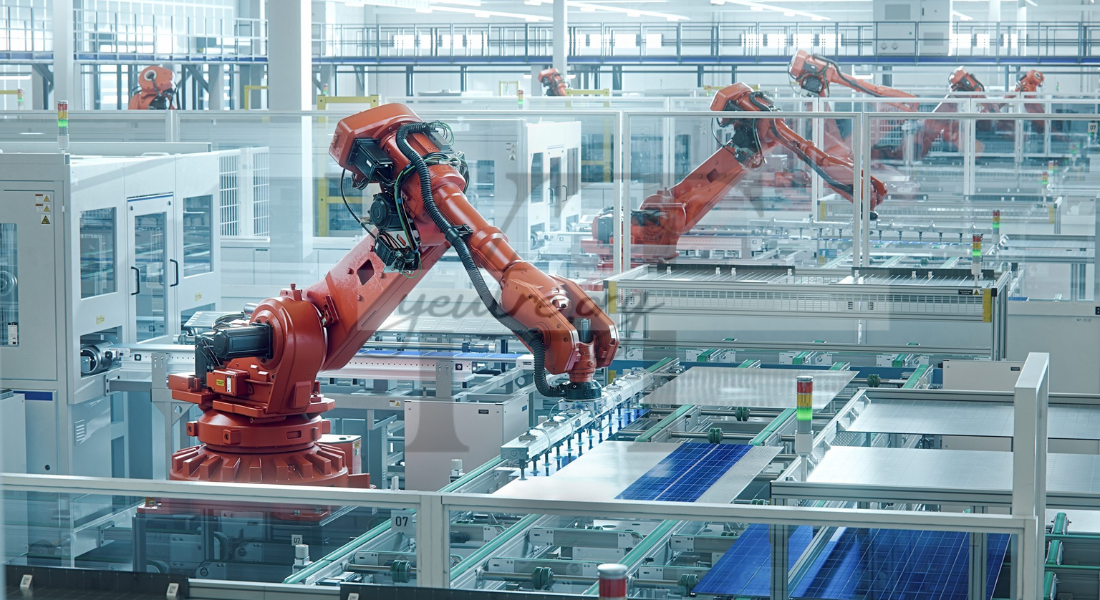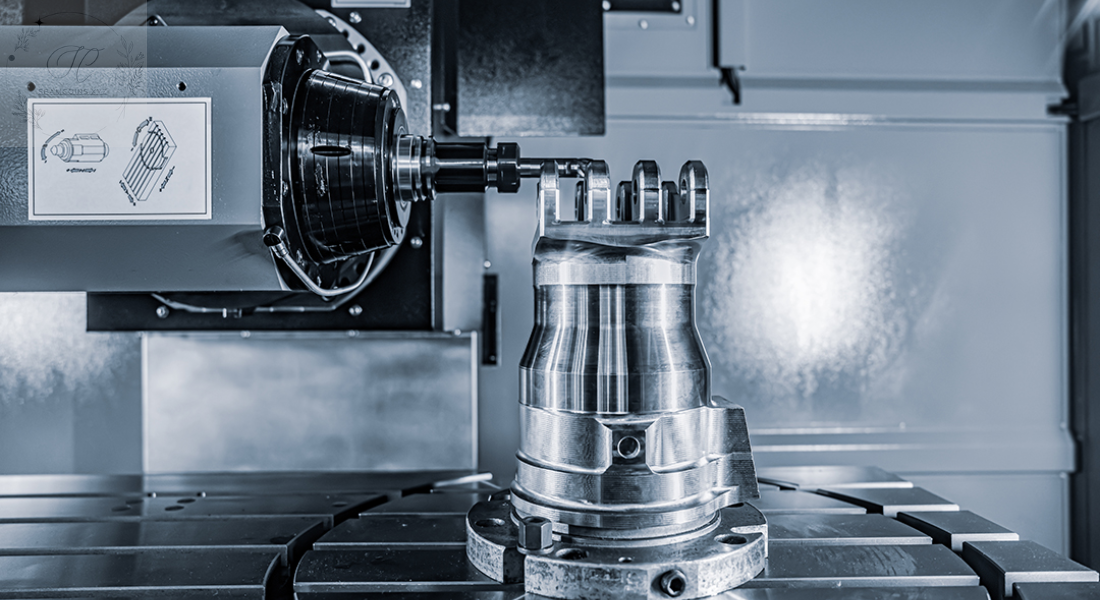In today’s fast-paced industrial landscape, the adoption of advanced automation technology for factories is revolutionizing production lines. By implementing cutting-edge tools, businesses are enhancing productivity, reducing costs, and improving overall operations. This article explores the significant impact of automation and the key technologies driving this transformation.
The Rise of Automation in Modern Factories
Driving Efficiency and Precision
Advanced automation technology for factories enables precision and efficiency that manual labor can’t match. With robotic arms, automated conveyors, and smart sensors, production processes are streamlined, minimizing errors and optimizing output. These improvements result in faster production times and consistent product quality.
Reducing Operational Costs
Factories that incorporate automation can significantly reduce labor costs. Automated systems handle repetitive tasks, allowing human workers to focus on more strategic roles. Over time, businesses save on wages, training, and insurance, contributing to higher profit margins.
Increasing Scalability
Automation technologies offer businesses the flexibility to scale their operations effortlessly. Whether it’s expanding production lines or increasing production capacity, advanced systems allow factories to grow without a proportional increase in overhead costs.
Key Technologies Powering Advanced Automation
Robotics and AI Integration
At the heart of advanced automation in factories are robotics and artificial intelligence (AI). Robots perform tasks such as welding, assembly, and material handling with unmatched speed and precision. AI, on the other hand, monitors processes and makes real-time adjustments, ensuring optimal performance and reducing the risk of downtime.
Internet of Things (IoT) Connectivity
The Internet of Things (IoT) is another cornerstone of advanced automation technology for factories. IoT devices, such as sensors and connected machines, allow for constant data flow and real-time monitoring. Factories can remotely monitor equipment, track inventory, and anticipate maintenance needs, which helps avoid costly interruptions.
Machine Vision Systems
Machine vision technology enhances quality control by allowing machines to “see” and assess products for defects. With high-resolution cameras and sophisticated software, machines can detect inconsistencies in real-time, ensuring only top-quality products make it to the market.
Predictive Maintenance Tools
Predictive maintenance leverages advanced data analytics and IoT to predict when machinery is likely to fail. This prevents unplanned downtime and ensures that factory operations run smoothly. Instead of waiting for a breakdown, maintenance can be scheduled in advance, reducing costs and boosting productivity.
Benefits of Advanced Automation Technology for Factories
Improved Product Quality
Advanced automation technology minimizes human error, which results in a higher standard of quality in manufacturing processes. With robotic precision and machine learning algorithms, factories can produce items with exact specifications, leading to fewer defects and returns.
Enhanced Workplace Safety
Automation reduces the need for workers to perform dangerous tasks such as lifting heavy loads or working in hazardous environments. With robots and automated systems handling high-risk activities, factory workers are less likely to suffer from workplace injuries.
Better Use of Human Resources
By automating routine tasks, factories free up skilled workers to focus on more complex, creative, and value-adding roles. Automation doesn’t replace the human workforce; it allows workers to shift to tasks that require critical thinking, problem-solving, and innovation.
Overcoming Challenges in Implementing Automation
High Initial Investment
One of the biggest barriers to adopting advanced automation technology for factories is the upfront cost. The investment in robotic systems, AI software, and IoT infrastructure can be substantial. However, the long-term savings in labor costs, efficiency gains, and product quality often justify the initial outlay.
Integration with Existing Systems
Integrating advanced automation into an existing factory setup can be challenging. Legacy systems may not be compatible with newer technologies, requiring businesses to either upgrade their infrastructure or face potential inefficiencies. A well-planned integration strategy can ensure that automation aligns seamlessly with existing workflows.
Workforce Transition
The introduction of advanced automation can create concerns among workers about job displacement. However, rather than replacing workers, automation shifts roles and demands upskilling. Workers need to be trained to operate and manage new technologies, fostering a more skilled workforce.
Key Industries Benefiting from Automation
Automotive Manufacturing
The automotive industry is a pioneer in adopting advanced automation technology. Robots perform welding, assembly, and painting, while AI systems handle logistics and supply chain management. Automation not only speeds up production but also ensures consistency and safety in vehicle manufacturing.
Electronics and Consumer Goods
Factories producing electronics, such as smartphones and computers, benefit from automation’s ability to handle precision tasks like soldering and assembly. Automation increases throughput while ensuring that even the smallest components are flawlessly assembled.
Food and Beverage Production
Automation in the food and beverage industry enables faster packaging, labeling, and distribution, ensuring products are safely produced and delivered on time. With automation, factories can meet the rising demand for food products without compromising on quality or hygiene.
Pharmaceutical and Medical Devices
Advanced automation technology also plays a critical role in pharmaceutical manufacturing and medical device production. From ensuring sterile conditions to precise packaging, automated systems enhance the speed, accuracy, and safety of production processes.
Future Trends in Factory Automation
The Role of Artificial Intelligence
Artificial intelligence continues to evolve, and its role in factory automation is expanding. AI algorithms now optimize supply chains, predict maintenance needs, and improve production efficiency. In the future, AI will play an even larger role in adaptive automation systems that continuously learn and adjust in real-time.
Collaborative Robots (Cobots)
Collaborative robots, or cobots, work alongside human operators, enhancing productivity without replacing workers. These robots are designed to perform tasks that complement human skills, improving flexibility and speed in manufacturing environments. Cobots are especially valuable in small-to-medium-sized factories where space and budget limitations exist.
5G Connectivity
The implementation of 5G networks will further enhance the capabilities of factory automation systems. 5G’s ultra-low latency and fast data transmission speeds will enable factories to handle real-time data more efficiently, making remote monitoring, maintenance, and control more effective than ever before.
Additive Manufacturing (3D Printing)
Additive manufacturing, also known as 3D printing, is becoming a major player in factory automation. With this technology, factories can create customized parts on-demand, reducing waste and lowering costs. The ability to prototype and produce complex designs with minimal material use will reshape the way products are manufactured.
How to Implement Advanced Automation in Your Factory
Start with a Clear Strategy
Before adopting any new technology, it’s crucial to have a clear strategy in place. Assess your factory’s current processes and identify areas that could benefit most from automation. This could involve upgrading machinery, investing in software systems, or enhancing supply chain management.
Focus on Scalability
Choose automation solutions that are scalable and flexible. As your business grows, the systems should be able to grow with you. Modular solutions that allow easy upgrades and expansions will ensure that your investment pays off in the long run.
Invest in Employee Training
One of the most important steps in implementing automation is training your workforce. Ensure that employees understand how the new technology works and how to manage and maintain it. Proper training fosters a smoother transition and greater acceptance of automation in the workplace.
Conclusion: The Future of Factory Automation
Advanced automation technology for factories is not just a passing trend; it’s a vital investment for the future of manufacturing. From improving efficiency to ensuring high-quality products, automation helps businesses stay competitive in an increasingly demanding market. By embracing automation, factories can reduce costs, increase production speed, and create safer, more sustainable working environments.
As automation technology continues to evolve, its role in shaping the future of manufacturing will only become more significant. Now is the time to invest in advanced automation solutions to unlock new levels of productivity and innovation in your factory.




